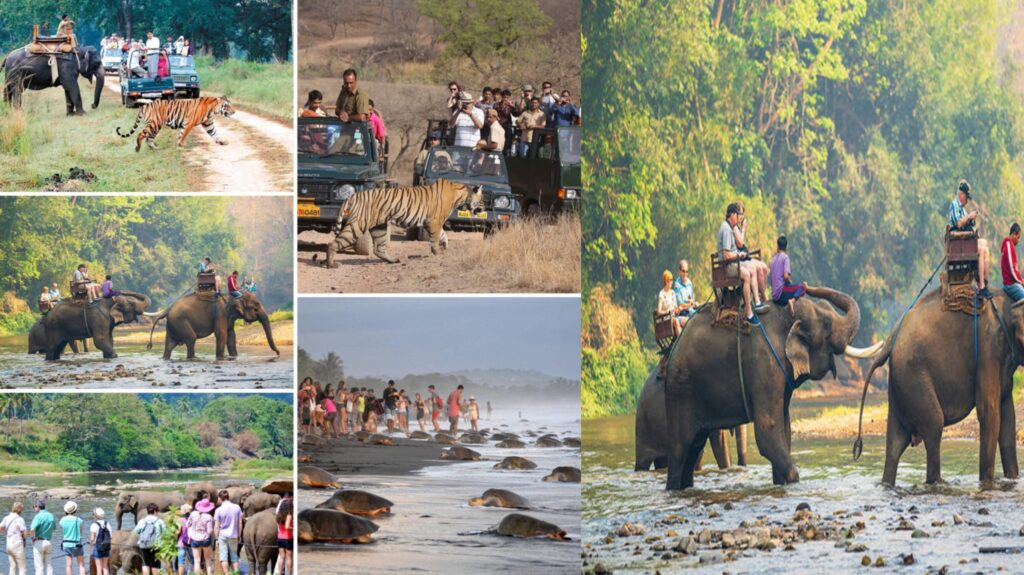
Wildlife tourism can have both positive and negative effects on wild animals.
Here are some facts of Wildlife Tourism Effect –
1.Positive Effects👀✈️🚁🚍🚅🚘
😀Revenue from wildlife tourism often supports conservation efforts, such as habitat preservation and anti-poaching initiatives.
😀Tourists gain awareness about the importance of wildlife and conservation, which can lead to increased support for protective measures.
😀Local communities may benefit economically, reducing reliance on activities like hunting or deforestation.
🦍🦍Gorilla trekking in Rwanda generates funds for conservation and local communities.
😀Tourism can fund scientific research and monitoring of species populations.
2. Negative Effects 👿👿
😈Increased human activity can disrupt animal habitats, leading to stress and behavioral changes.
🏇Animals may become habituated to humans, which can make them vulnerable to predators or poachers.
🙀In some cases, tourists feed wildlife, causing animals to rely on human-provided food rather than natural foraging.
🚐In some safari parks, animals are chased by vehicles, leading to stress and injury.
🚘Litter, noise, and vehicle emissions from tourist activities can degrade habitats.
🛌Close contact with humans increases the risk of disease transmission between humans and animals.
🧑🤝🧑👭👬Popular tourist destinations can become overcrowded, causing stress and driving animals away from their natural habitats.
Safety Precautions 🦸
Implement strict regulations to minimize habitat disturbance. Limit the number of visitors to sensitive areas. Educate tourists on responsible behavior. Use tourism revenue to invest in sustainable conservation programs.
Sustainable wildlife tourism is essential to balance economic benefits with the well-being of wild animals and their ecosystems.